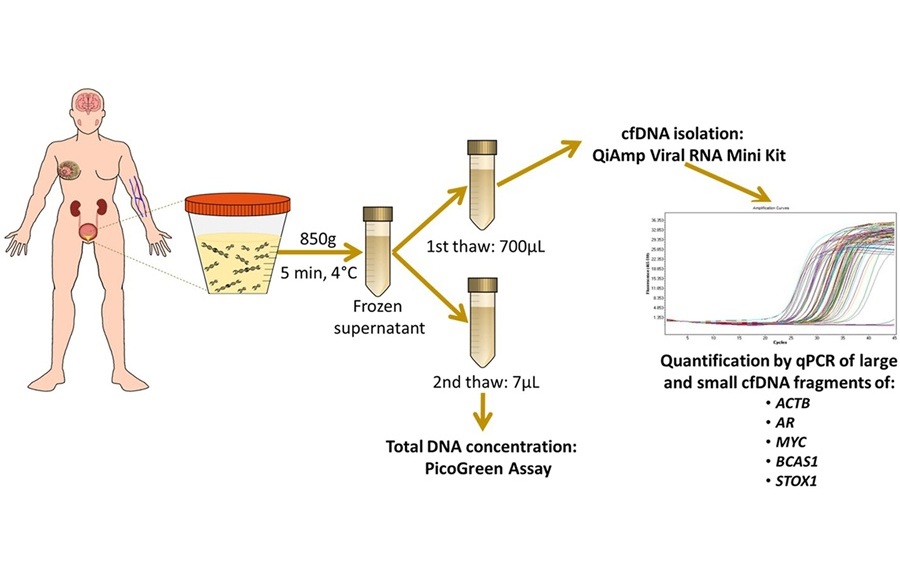New 'Protein Nano-Switch' Method Paves Way for Faster, More Accurate Diagnostic Tests
Posted on 02 Aug 2023
Presently, 'point of care' diagnostic tests that offer results on the spot, such as those for blood sugar, pregnancy, and COVID-19, utilize protein-sensing systems to detect sugar, pregnancy hormones, and COVID-19 proteins. However, these tests make up only a small part of the requirements in a patient-centric healthcare model. The creation of new sensing systems is a demanding and lengthy task that involves significant trial and error. Researchers have now developed a new 'protein nano-switch' technique that significantly accelerates the development of similar diagnostic tests by reducing the required time and boosting success rates.
A multidisciplinary research team that included scientists from Queensland University of Technology (QUT, Brisbane, Australia) has developed an approach for designing molecular ON-OFF switches based on proteins that can be applied in numerous biotechnological, biomedical, and bioengineering settings. This innovative method which allows researchers to develop more rapid and accurate diagnostic tests involves using modified proteins to act like ON/OFF switches in response to specific targets. The key advantage is that the system is modular, much like building with Lego blocks, allowing for easy replacement of parts to target different elements—such as a different drug or a medical biomarker.

The new protein-engineering technology offers a unique way to create lab tests. It offers the potential to construct various diagnostic and analytic tests with a broad array of possible applications, including human and animal health diagnostics. The researchers demonstrated their technology by focusing on a cancer chemotherapy drug that is toxic and must be frequently measured to ensure patient safety. The sensor they designed for this drug uses a color change to identify and measure the drug. The next stage would involve testing the sensor for clinical use approval. The researchers intend to standardize and scale this approach and begin creating more complex subsystems. According to the researchers, there are two potential paths for future work.
"One is to develop computer models that allow us to design and build the switches even more rapidly and precisely," said Professor Kirill Alexandrov, of the QUT School of Biology and Environmental Science. "The other is to demonstrate the scale and potential of the technology by building many switches for different diagnostic applications."
Related Links:
QUT














